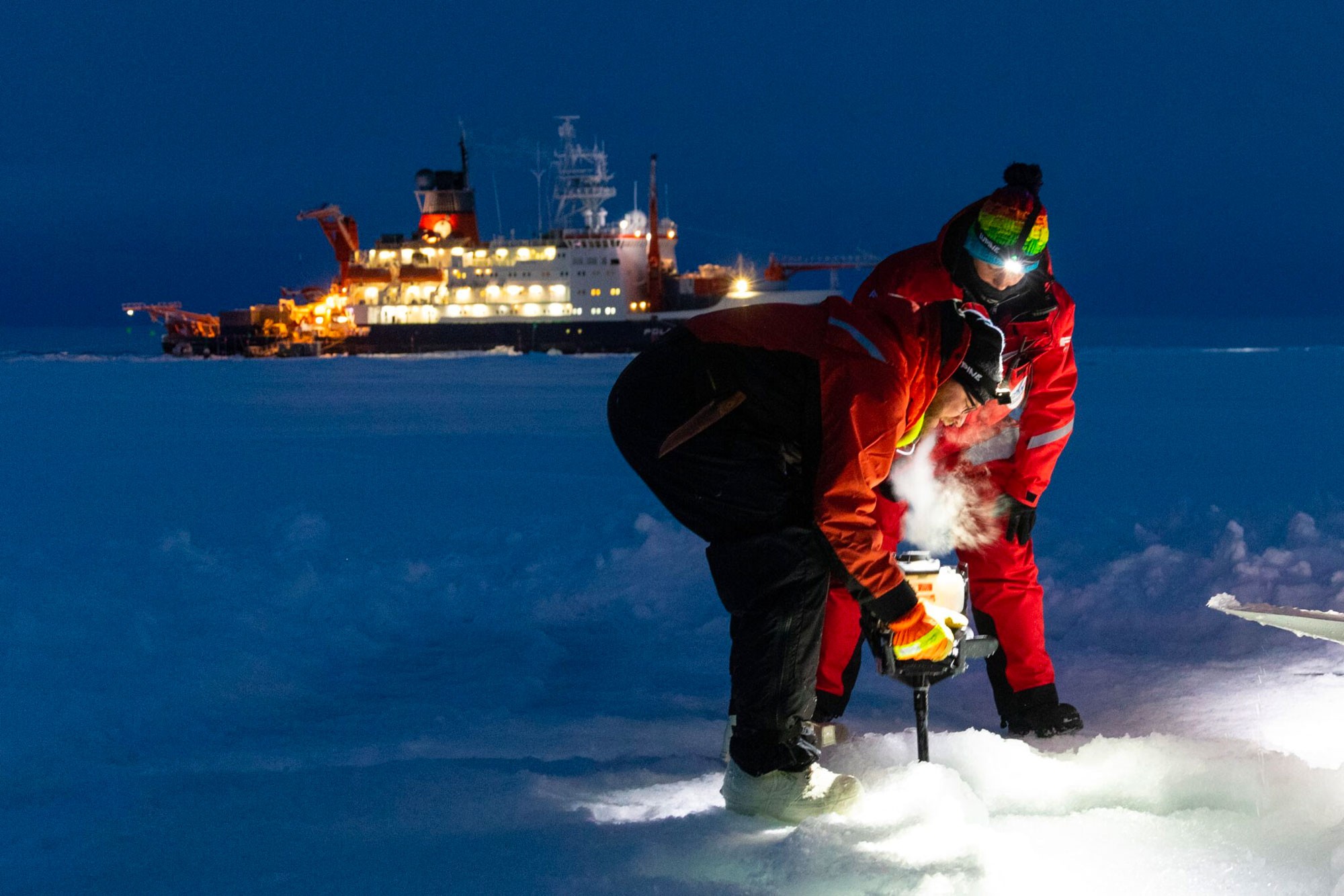
Retrospective: Drifting with ice - From the schooner Fram to ultramodern RV Polarstern
By: Ellen Kathrine Bludd // UiT The Arctic University of Norway
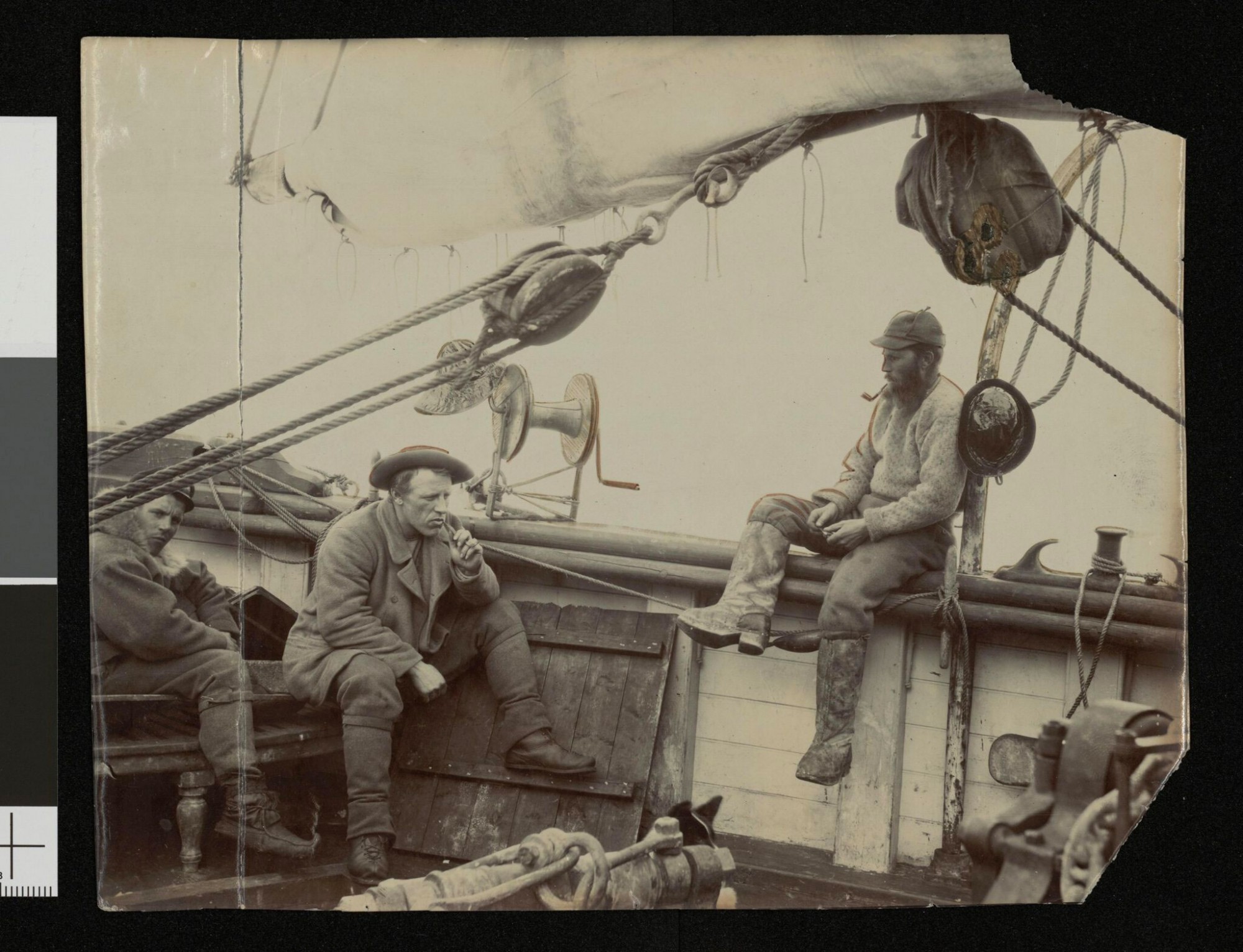
Nansen never did reach the North Pole, but his expedition was ground-breaking and unique in the history of science. Now the MOSAiC expedition, taking a similar approach, may elevate current climate science. The technology being used in MOSAiC is light years ahead of Nansen and his team. Nevertheless, Nansen started it all.
“People thought Nansen was mad,” says Harald Dag Jølle, a polar historian from the Norwegian Polar Institute. “They thought he would self-destruct in his attempt to drift with the polar ice to the North Pole,” Jølle explains that many believed this impossible, as the North Pole was assumed to be on land. The harsh Arctic conditions alone would destroy Nansen.
Nansen declared that survival depended on only two things: enough food and proper clothing. However, he could not dismiss the brute force of the drifting ice. Yet Nansen thought to himself: “No ship has ever been constructed for this purpose, so if the ship is designed properly, it could work.”
He joined forces with shipwright Colin Archer and sailor Otto Sverdrup. The result was a ship Nansen named Fram, which is the Norwegian word for “forward”. She was a broad-beamed, round-bottomed schooner with a steam engine. The wooden ship had a length of 39 metres, and was 11 metres wide. Fram was an unusually wide ship with an unusually shallow draught, to better withstand the forces of the pressing ice. Onboard were 13 crew members: a couple of very experienced sailors, a doctor, a botanist, a naval lieutenant, two engineers, a mechanic and a few others.
“Nansen contributed greatly to the scientific knowledge about the Arctic and also to knowledge about global ocean currents in general,” explains Nansen expert Jølle. “When Nansen returned to the coast of northern Norway, he first sent a telegram to his wife to tell her that he had returned safely. His second telegram went to Waldemar Christopher Brøgger, professor of Geology at the University in Kristiania (Oslo) saying: ‘I am coming, overloaded with scientific data!’ ”
Harald Dag Jølle is currently writing a sequel to his book about Nansen.
ADVERTISEMENT
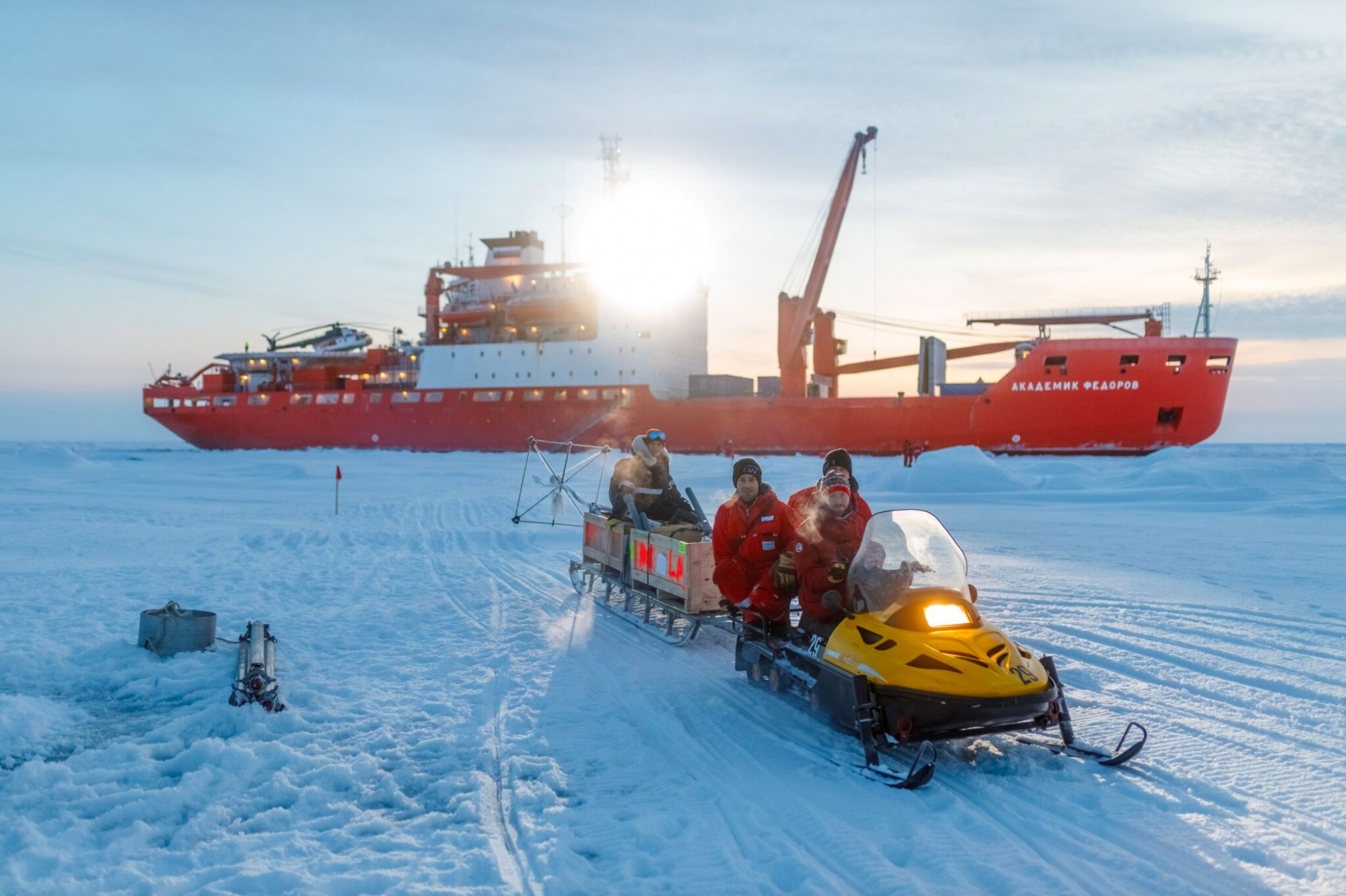
Force of steel
Even as we read, the MOSAiC expedition is following in Nansen’s footsteps: for an entire year, a modern research vessel is drifting with an ice floe – hopefully towards the North Pole. The data gathered will be used by researchers all over the world, to take climate science to a completely new level.
The ship that the MOSAiC expedition is sending to follow Nansen’s example is research vessel Polarstern, a German ship commissioned in 1982. She is still one of the world’s most advanced and versatile polar research ships. Thanks to special technical details, this vessel can handle the conditions of the grand MOSAiC expedition during a complete Arctic winter. She is capable of operating in the pack-ice zone, but because of her double-walled steel hull and 20 000 horsepower engines, she can also easily break through 1.5-metre thick ice and overcome thicker ice by ramming.
Matthias Forwick, head of the Geoscience Department at UiT The Arctic University of Norway, has already been on eight expeditions with the Polarstern: four to the Arctic and four to Antarctica. He describes the Polarstern as a very special boat.
A colossal lump of steel! And very well maintained in spite of her age,” he says. “The ship is very flexible and can perform all kinds of research because it can be adapted to the activities the scientist wants to conduct.”
The expedition, which set out from Tromsø in September 2019, can provide many new answers. Forwick adds that merely planning the logistics for such a large expedition in the Arctic Ocean is a feat. “Everything must be packed and stored very carefully aboard the boat because once they have departed, there’s nowhere to dock. It is an unparalleled logistical achievement.”
Six hundred people from twenty nations
As soon as the Polarstern had anchored at an ice floe, a small city appeared on the surface of the ice.Though the MOSAiC researchers don’t live on the ice, that is where they conduct much of their research.
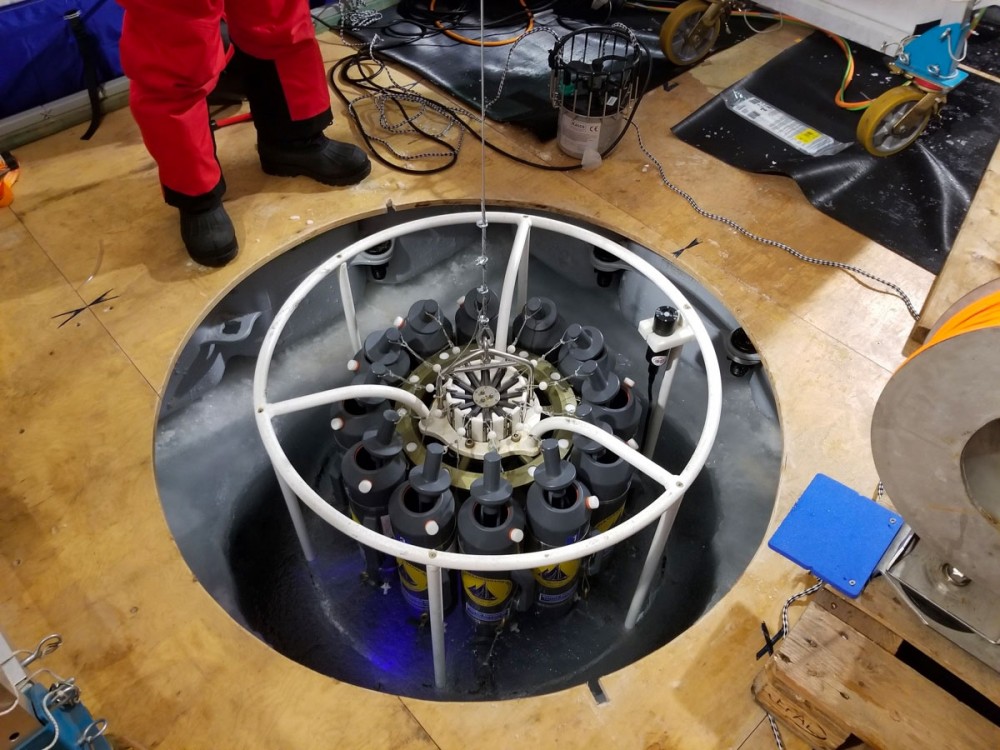
Several instruments for measuring various parameters related to climate, ice, and air have been placed on the floe. This operation alone took about two weeks. An airstrip where small airplanes can land was also created on the ice, and there is a helicopter landing pad on board the ship. The expedition is supported by four other icebreakers, in addition to Polarstern.
Inside the Polarstern are various scientific labs where international experts conduct research across five main areas of interest: atmosphere, ocean, sea ice, ecosystem, and biogeochemistry. At all times, about 100 scientists will be working full time onboard the ship. Personnel will be exchanged during different phases; over the course of the year, a total of 600 experts from 20 different countries will spend time on Polarstern. In addition, 300 people work in the background to make the expedition possible. Rolf Gradinger, professor of Arctic and Marine Biology at UiT, is one of those people.
Gradinger leads the ecosystem part of the MOSAiC expedition. He explains that a few years ago, the expedition was just an idea on a piece of paper.
“I find it incredible that this expedition is actually happening. That is a success in itself,” says Gradinger. “This is an amazing collaborative effort between many nations, resulting in the largest Arctic expedition ever,” he explains enthusiastically.
Gradinger has been collaboratively planning this research expedition for more than four years.
“I have been leading the work on putting all the ecosystem research together and finding out what kinds of data need to be gathered for all the different projects. It all has to fit together and be coordinated. The various research teams have to talk to each other. With 600 colleagues from 20 different countries, this is a puzzle with many pieces.”
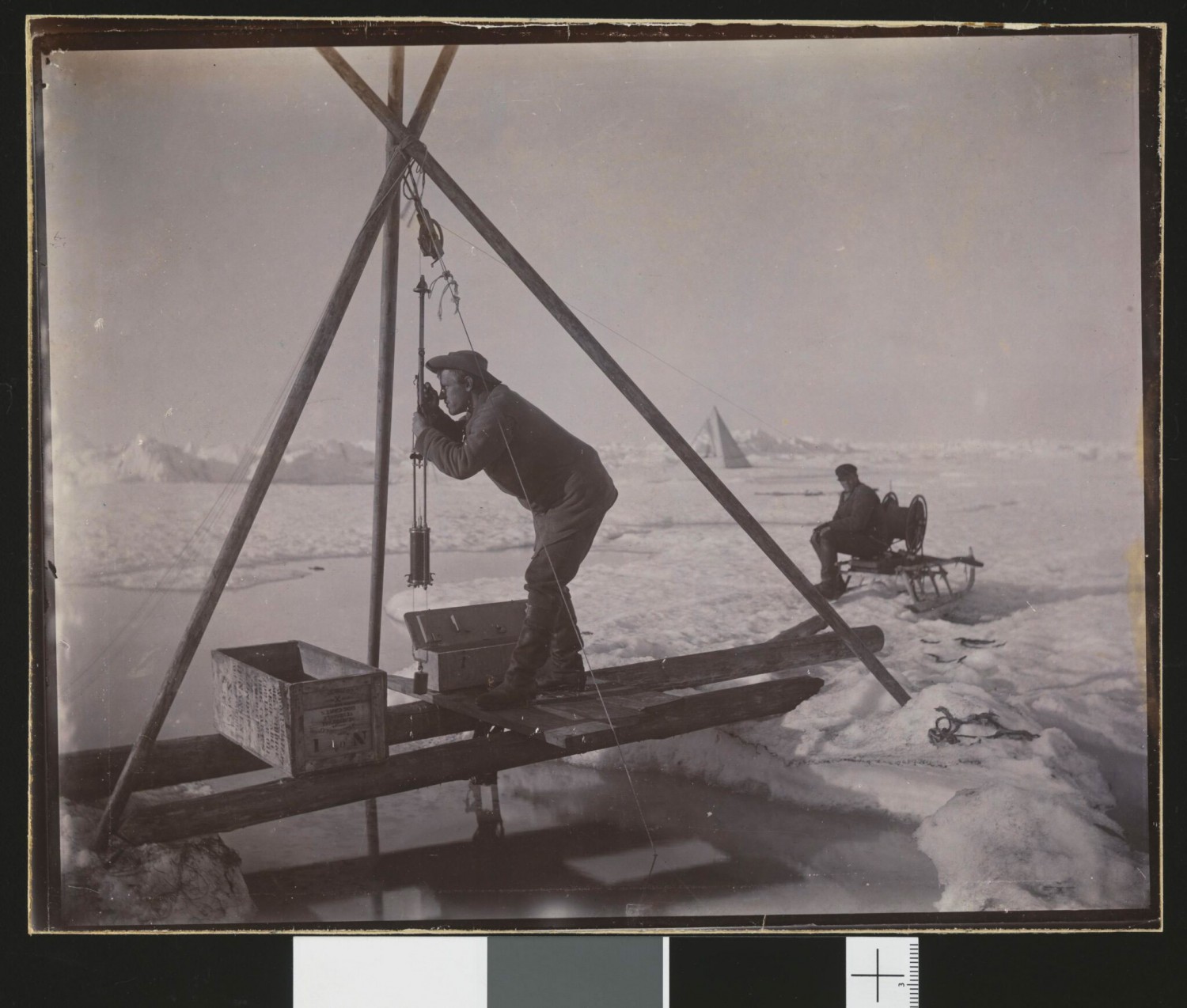
Early climate science
“The Fram expedition made Nansen world-famous mainly because he went farther north than anyone had ever been before. But the science alone made the expedition valuable,” says historian Harald Dag Jølle. “Before Nansen left for his expedition, scientists took for granted that the Arctic Ocean was shallow, and they thought there might be islands there. But Nansen discovered that the ocean was 4000 metres deep!”
“When Fram left the harbor in 1893, researchers knew more about the surface of the moon, than the area north of 85 degrees latitude,” says Jølle. “It was possible to study the moon through a large telescope.”
He explains that when Nansen was measuring the depth of the Arctic Ocean, the crew had to fuse together every piece of rope and wire onboard the ship in order to reach the bottom.
It was a big surprise when the sounding line showed the astounding depth of 3900 metres! No one ever imagined that,” says Jølle.
The fact that there was a lot more water in the Northern Hemisphere than previously assumed made Nansen realise that the Arctic Ocean played a more important role in regulating the global climate than anticipated.
Jølle explains: “Nansen understood that our knowledge about the world’s oceans was vastly inadequate, especially considering that most of the planet is covered by water and that the oceans greatly impact the global climate. In a way, the Fram expedition was the start of the global climate research that we see as so important today. Nansen’s discoveries about global ocean currents were also important.”
“Nansen invented a type of water sampler that could be used to collect water at great depths,” says Harald Dag Jølle.
The original Nansen bottle consisted of a metal cylinder attached to a cable.
When the bottle had been lowered to the desired depth, a weight was dropped down the cable, triggering mechanisms that turned the bottle upside down and closed valves at the ends. The bottle and the water sample trapped inside it could then be retrieved by hauling in the cable.
The temperature of the ocean at the depth where the water was sampled could be determined with a “reversing” thermometer attached to the bottle. When the thermometer is inverted, its mercury column is trapped, showing the ambient temperature until the bottle has been hauled up and it can be recorded.
“Nansen made invaluable measurements of both temperature and salinity – salt content – from the depths of the Arctic Ocean,” says Jørgen Berge, professor of Arctic and Marine Biology at UiT. “His measurements and descriptions of the oceanography of the Arctic Ocean still stand strong. Today we use a CTD that measures temperature and salinity directly at predefined depths.”
The device Berge is referring to is a descendant of the Nansen bottle, which simultaneously measures Conductivity, Temperature, and Depth, thus giving it the shorthand name CTD.
“Nansen had to retrieve a small volume of water from – say – 1000 metres depth in order to measure temperature and salinity on the ship,” explains Berge. “Nowadays, we send down a CTD-rosette that has a direct connection with a computer onboard the research vessel, which means we get measurements in real time. We can also use other platforms that measure and send these kinds of data in real time, such as an underwater glider – a small submarine we control by changing its buoyancy.”
On their own
Just like Fridtjof Nansen and his crew, the researchers on the Polarstern must handle unexpected events and challenges on their own when they are out on the ship frozen in the ice floe.
“We have a detailed agenda for the sampling and experiments that have to be conducted each day,” says Rolf Gradinger. “But we cannot control the weather and nature. A storm can cause major problems and delay work, and then our plans must be changed. However, there are many smart people on this expedition, and the crew is very experienced in the Arctic, so I think it will run smoothly.”
The scientists participating in the MOSAiC expedition will have limited opportunities to communicate with the world. Data transfer capacity must prioritise transmission of important research data. Thus, the participants will be fairly isolated from family and friends for long periods of time.”
“The scientific team won’t be on the ship for a whole year,” Gradinger explains. “Every three months there will be an exchange of both scientific personnel and the ship’s crew. And fresh food will be supplied via other icebreakers or aircraft.”
Importance for the future
Gradinger does research on ice algae and other flora and fauna that live inside or close to the sea ice. Most of us think of the ice as an inhospitable place to live, but it is actually teeming with life!
“The sea ice is like a Swiss cheese with many holes and channels, perfect hiding places for many small creatures,” Gradinger explains. Today the list of sea ice inhabitants includes about 6500 bacteria, over 1000 algae and 50 animal species.
The Arctic is an epicentre for global climate change; temperatures are currently rising faster here than anywhere else on the planet.
“At present, we know very little about what impact the melting of sea ice can have for the species that live in the Arctic,” says Gradinger. “In order to ensure sustainable management of a changing Arctic, we need more knowledge about this large system.”
Although the last few decades have seen substantial progress in exploring the Arctic ecosystem, its functioning remains poorly understood, and the MOSAiC scientists can make vital contributions. The year-round sampling and experimental work of biologists will provide unique insights into the entire food web.
“Nansen really wanted scientific measurements to be as precise as possible,” says Harald Dag Jølle. Nansen would most likely have approved of the MOSAiC expedition, with its highly advanced and precise instruments, taking Arctic science to the next level.
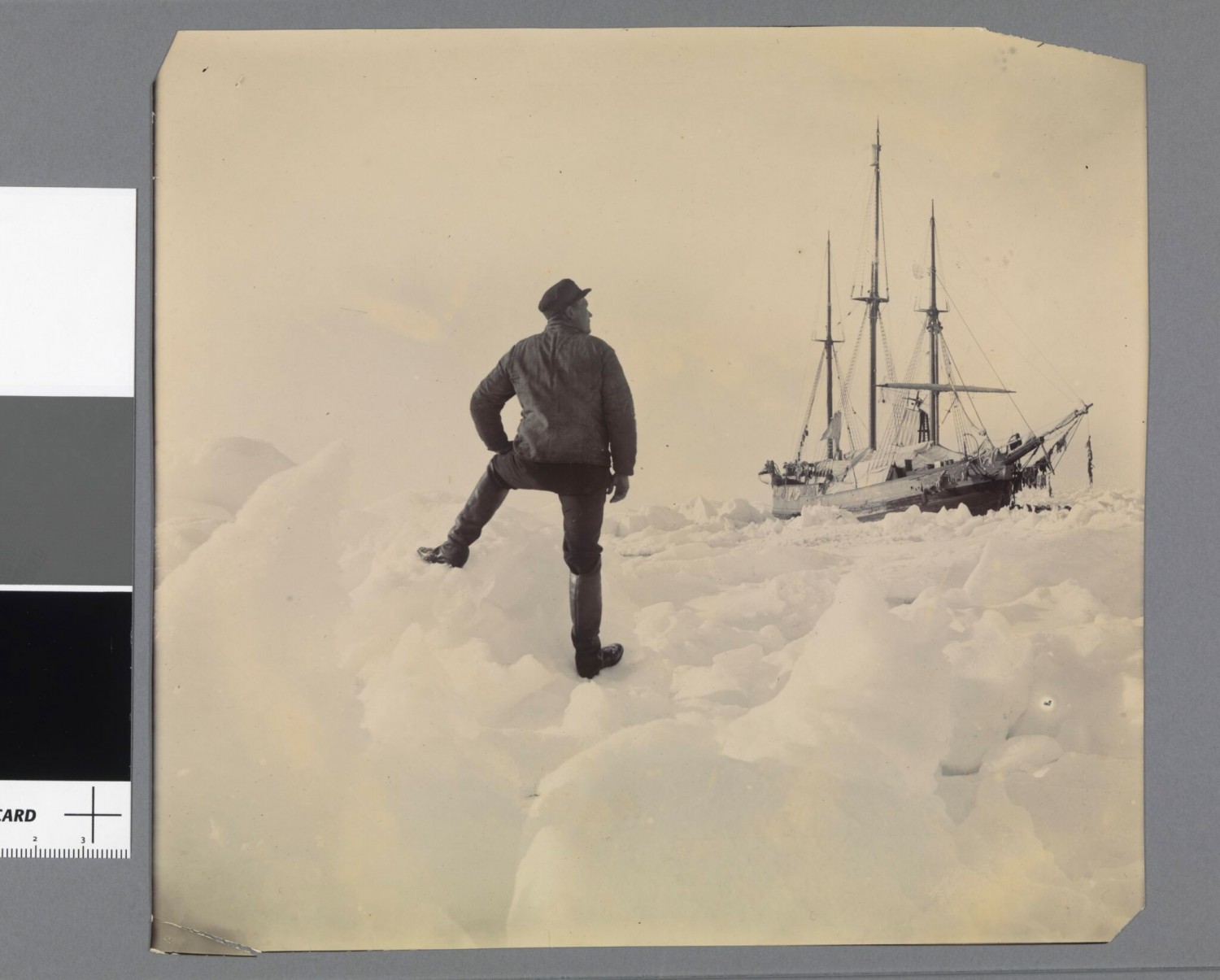
This story is originally published by the Fram Forum


